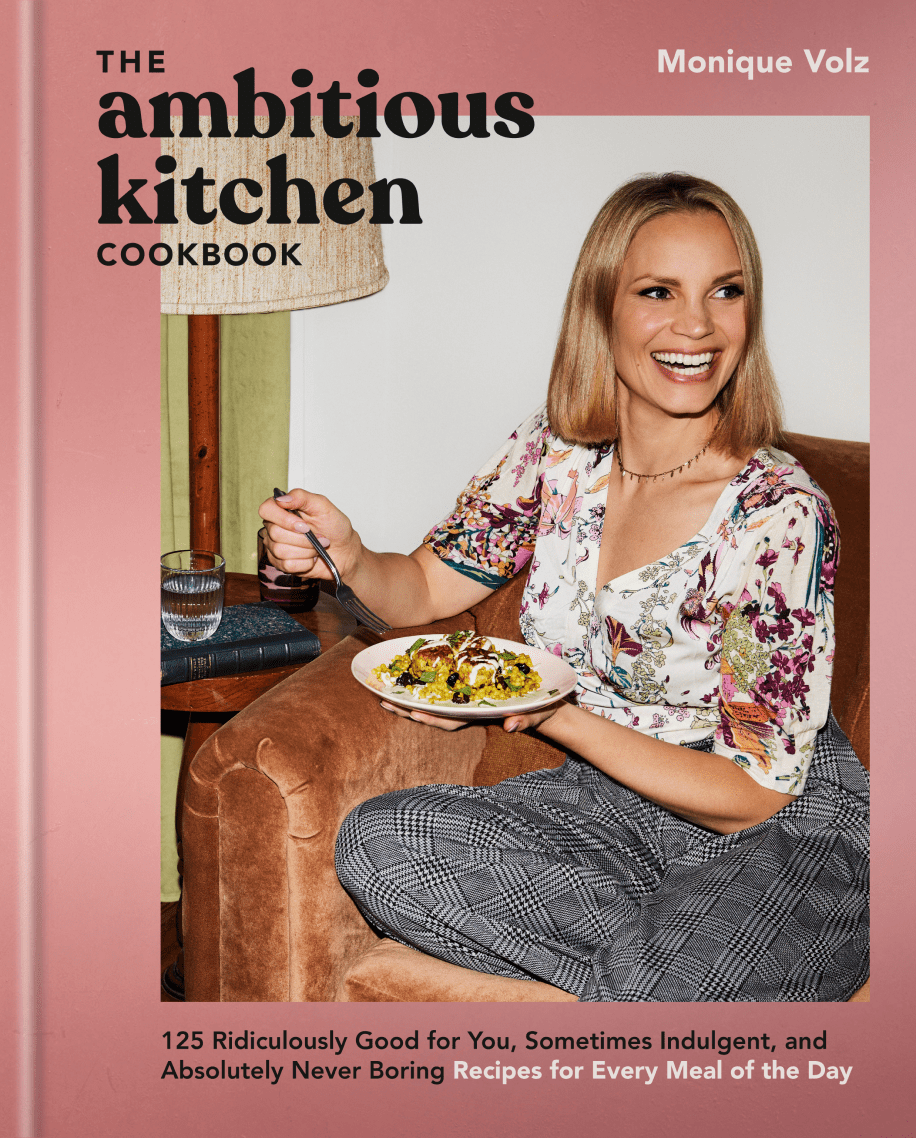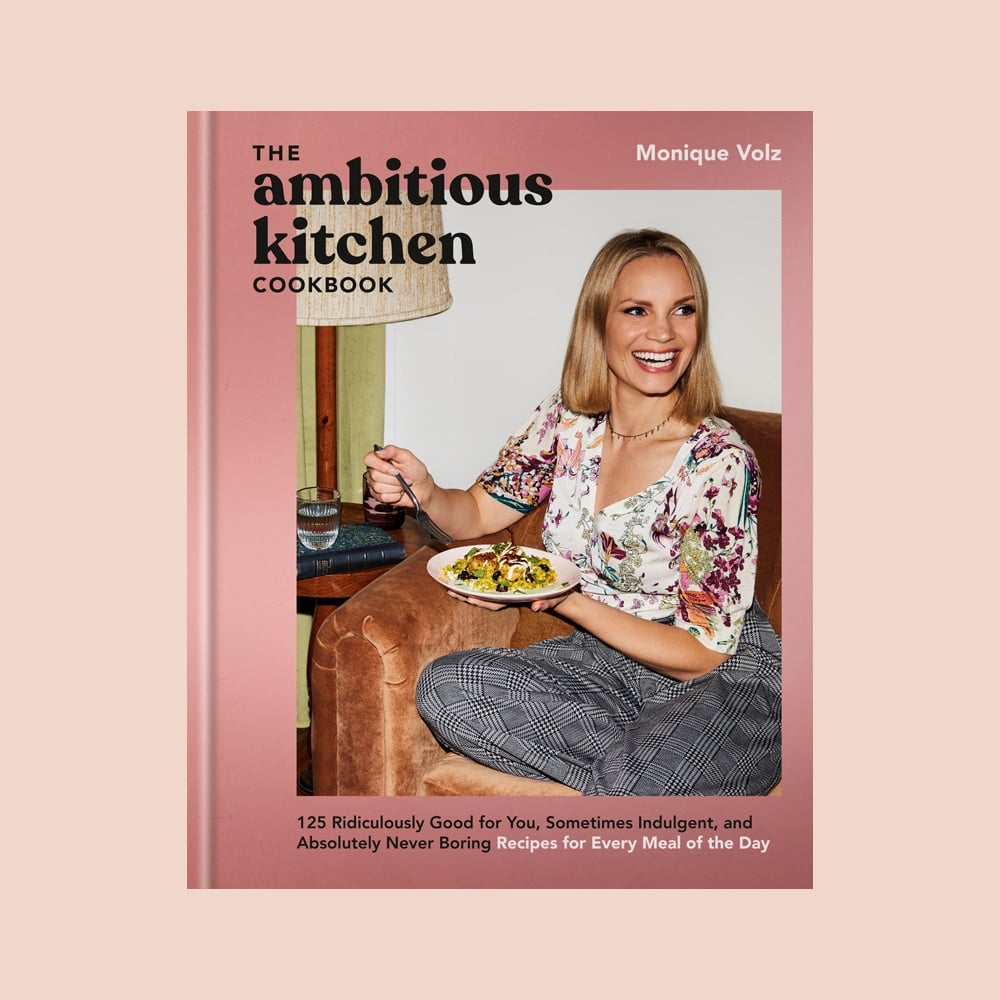
Introducing
The Ambitious Kitchen Cookbook

Easy, healthy pasta recipes that make the perfect lunch or dinner. These recipes are lightened up from traditional pasta recipes and pack plenty of veggies, protein, and fiber that will keep you satisfied.
Easy and delicious homemade spaghetti-os made with a silky roasted vegetable sauce, tender pasta, and plenty of parmesan cheese. These better-for-you spaghetti-os are packed with nutrients thanks to the sneaky veggie sauce and make the perfect weeknight dinner that kiddos and adults will love!

Get your copy today and start cooking flavorful, nourishing recipes for every meal of the day!